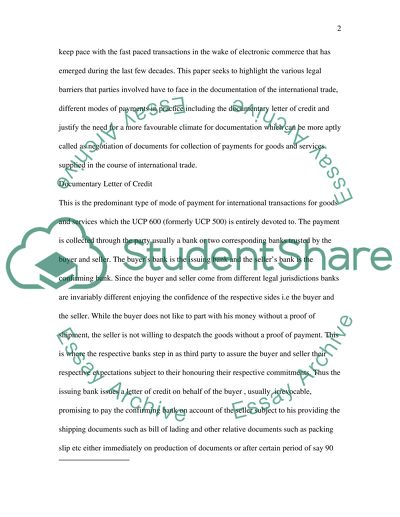Cite this document
(“INTERNATIONAL CONTRACTS ( INTERNATIONAL TRADE LAW) Essay”, n.d.)
Retrieved from https://studentshare.org/miscellaneous/1561336-international-contracts-international-trade-law
Retrieved from https://studentshare.org/miscellaneous/1561336-international-contracts-international-trade-law
(INTERNATIONAL CONTRACTS ( INTERNATIONAL TRADE LAW) Essay)
https://studentshare.org/miscellaneous/1561336-international-contracts-international-trade-law.
https://studentshare.org/miscellaneous/1561336-international-contracts-international-trade-law.
“INTERNATIONAL CONTRACTS ( INTERNATIONAL TRADE LAW) Essay”, n.d. https://studentshare.org/miscellaneous/1561336-international-contracts-international-trade-law.


